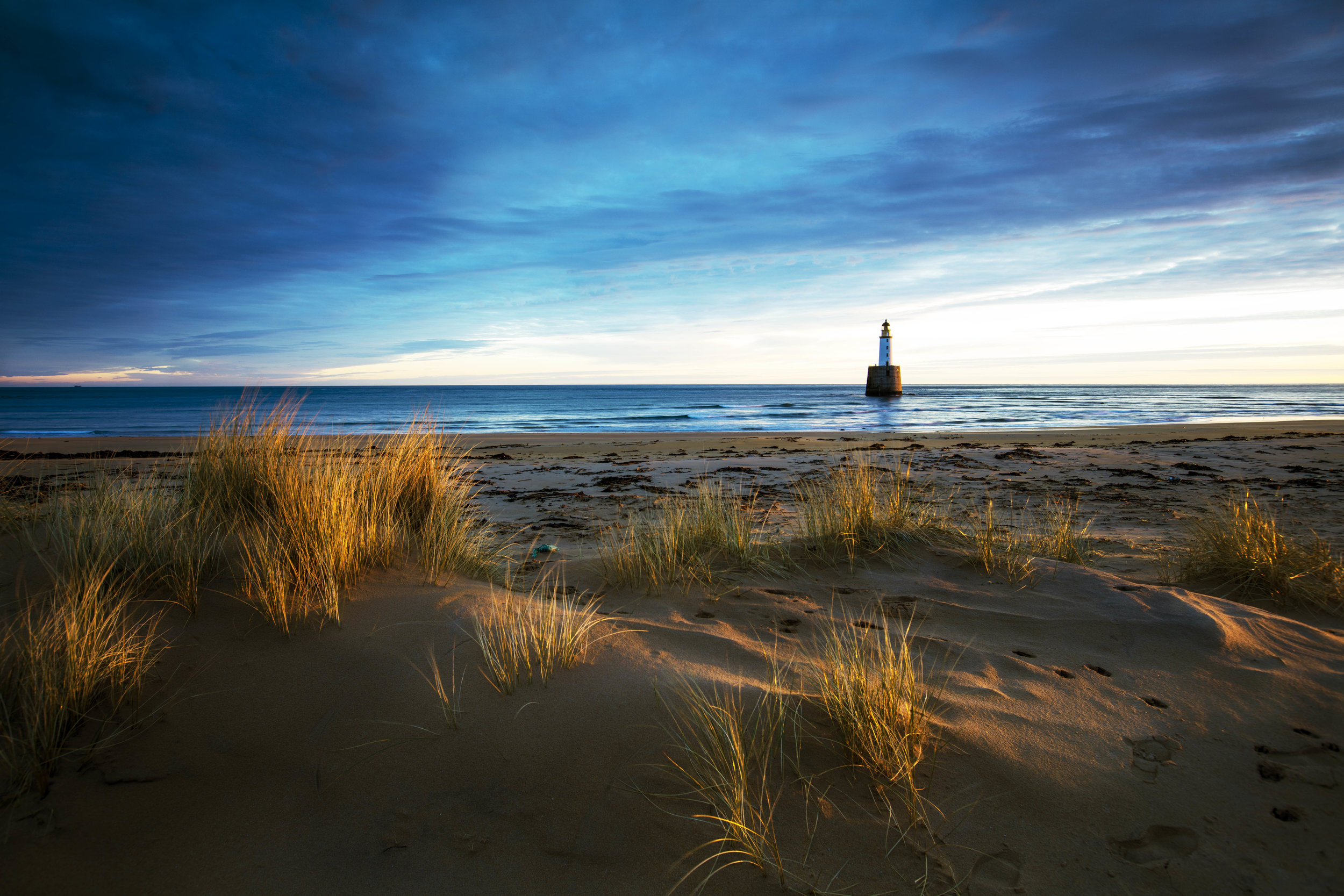Tuition:
One of the greatest powers of photography is the ability to express one’s emotions through it. The most powerful photographs are the ones that successfully convey a certain mood or emotion. To convey an emotion through photography is not an easy task. Often at times you photograph a scene and think that it is pretty powerful, and then the resulting image disappoints. In order to successfully achieve the desired result many things have to come into place.
I run both individual or group courses to help you advance through basics such as the use of your camera controls, but more importantly, to learn how to see and feel what it is you wish to portray in a photograph. Of course, feelings and emotions are subjective, and each of us may feel differently when we look at a particular image. In general, there are certain things that help to create moods in your photos. Knowing how to use them is always going to help you to create more atmospheric and engaging pictures.
As you’re reading through this article, take some time to really look at each picture on the right, where I have highlighted how I have used some of the rules of photography to create my images.
This is the art of learning to feel, to see and to express the moment at the time of shooting. This will come across in your photography and once mastered, is something that will stay with you for the rest of your life.
Each course is 5 - 6 hours spent on location, weather dependant, in various parts of Aberdeenshire and further a field depending on clients. Group tours or 1 - 1 tuition available. A further 2 hours is spent understanding the basics of photoshop, which can be done online, where i share my screen and show you how to begin editing.
Contact Martin for further details - martinbennie@hotmail.com
We will cover the following topics:
Light. It is very important in any photograph, and it has to be just right when expressing emotions. For example when you express anger, you might want to keep the scene in dark colours, while photographs expressing joy and happiness are mostly bright and shiny.
Timing. Most shots demand an eye for the moment. I can remember sitting for several hours in a rainy valley one day. I was drenched. I was cold. I was determined. This was going to be a great landscape shot. I just had to get the right light. Well, the moment never came. Several years later I arrived in the same valley about forty minutes from sundown. I sat for about ten minutes waiting for the light. I saw it; took my shot. Happiness! When the light or the event occurs, if you are there, timing is down to the micro-timing of the shot. And that is the point. There are many levels of timing. The choice to be there or not is one level. Waiting for the special event, or the light, or the right circumstances is another choice. Then there is the choice of whether to press the button NOW, or a microsecond later.
Colour. Another important component. The first example that comes to my mind is the colour Red, which can represent danger (in various signs) but in other contexts, can also represent romance (red roses, red lips). Another example would be Green, which has a calming effect, if you want to create sense of tranquility in your photo you might want to fill it with green colour (trees, plants, jungle, sea). When you consider various combinations of colours – the possibilities are endless, and don’t forget the power of black and white photographs!
Composition. It is absolutely essential to have an appropriate composition for expressing any emotion through your photograph. Sometimes just a slight change of camera angle can make all the difference and an emotionally faded image comes to life.
Focus. When you want to emphasize a certain part of your image you put it in sharp focus while making other parts more blurred, but this rule isn’t written in stone. Sometimes the blurred parts of an image create all the mood, and hint the viewer about the story of the photograph. So it is not about the image being sharp or not, but about using the focus in such ways that will contribute to your final result.
There can be endless combinations of these components, and it is the photographer’s job to find and create the ones that work, the ones that convey emotions to the viewer in a powerful way.






